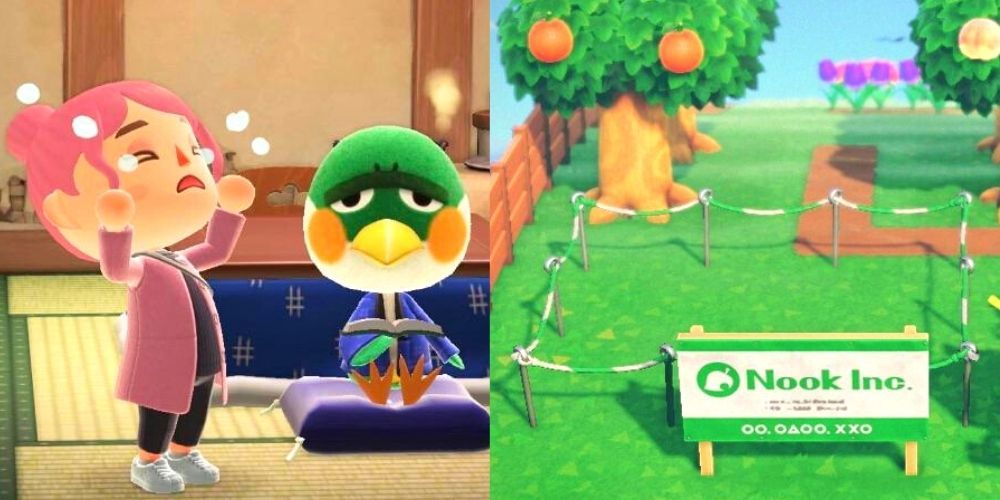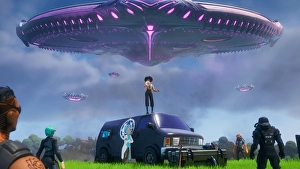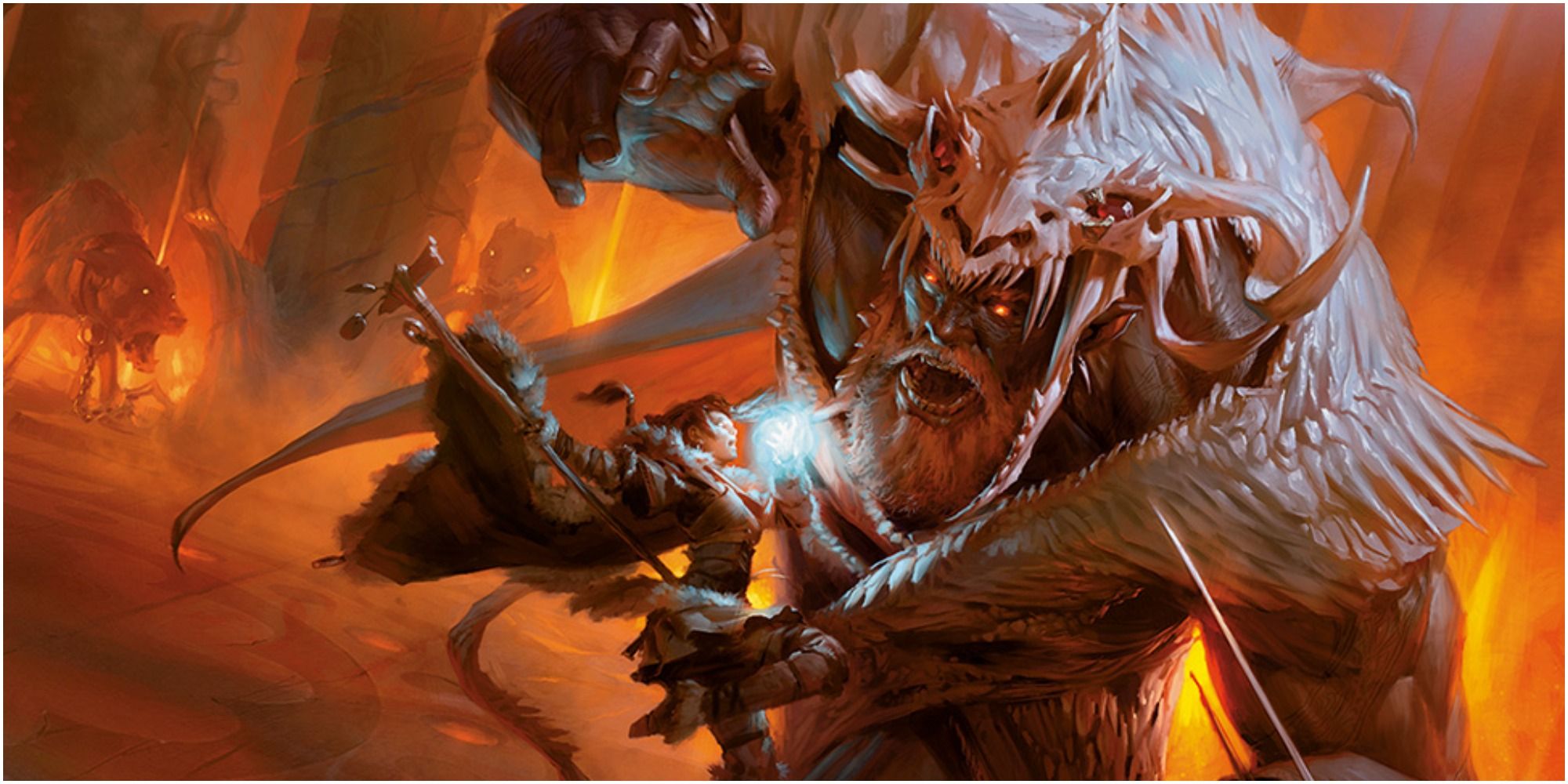
As fun as it is to be a player within a Dungeons & Dragons campaign, there’s nothing quite like being the Dungeon Master. As the DM, rather than playing as a singular character, you are responsible for playing as every NPC and antagonist that a party may encounter.
RELATED: Dungeons & Dragons: Underrated Magic Items That Are Better Than You Think
It's up to a DM to establish the setting of a campaign, figure out plot hooks and quests for the party, and narrate the events of the campaign to the party. Even for veterans, the act of DMing can be quite overwhelming, so here are ten tips for newcomers that are looking to DM their first campaign.
It's Not You Versus Them
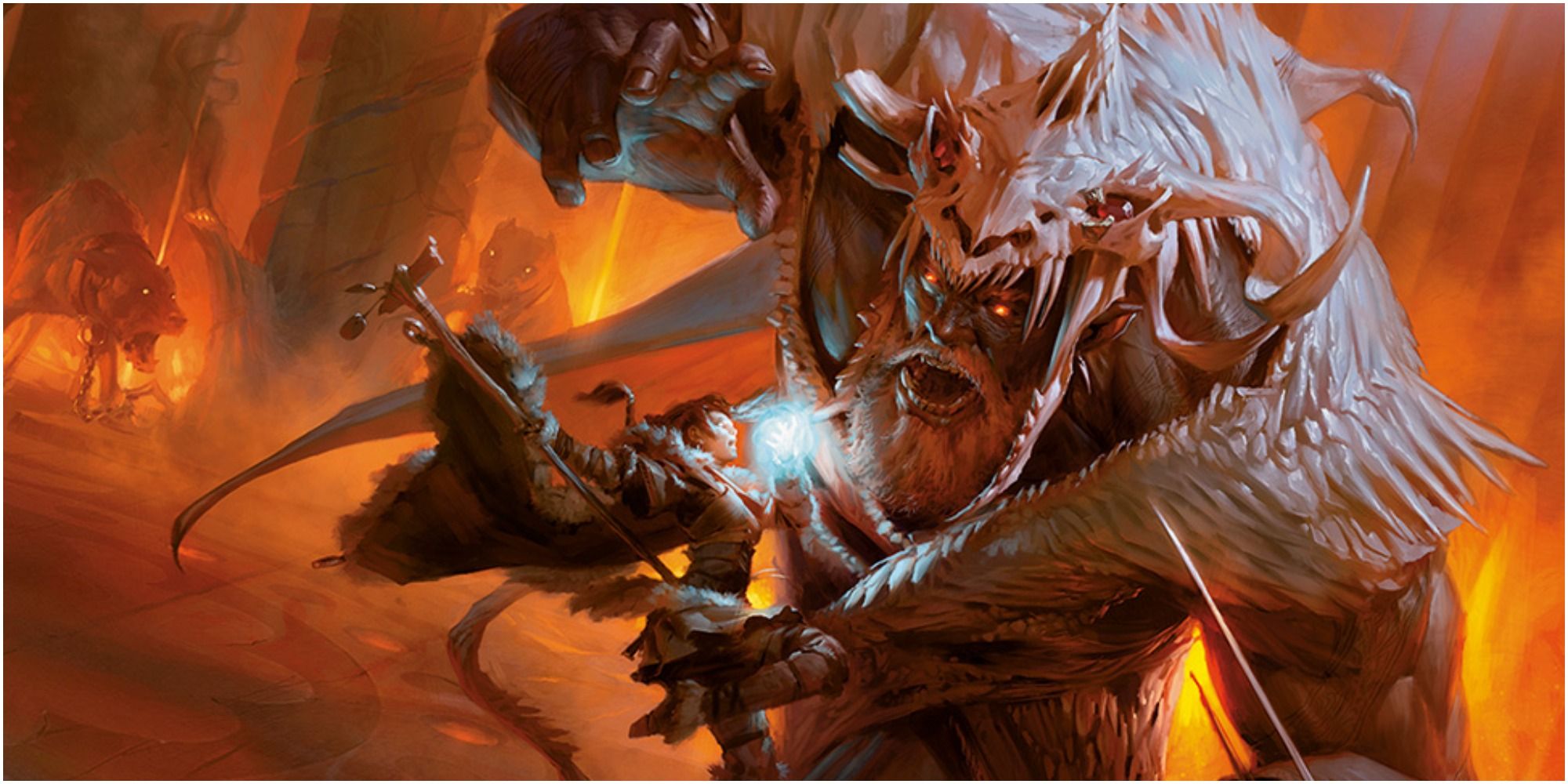
A common misconception about the Dungeon Master is that they’re playing against the party. If this were true, more DMs would likely through an Ancient Red Dragon at level one parties. The truth is that D&D is a game of collaborative storytelling and that it’s the DM’s job to help create a fun and engaging adventure that’s not just enjoyable for everyone involved.
Use A DM Screen

DM screens are one of the most useful tools at a Dungeon Master’s disposal. While a DM screen can help keep a DM’s dice rolls secret from the party, it can also hold a great deal of helpful reference material.
RELATED: Things You Didn’t Know You Can Do In Dungeons & Dragons
Many DM screens will include things such as random NPC generators, random encounters, and even the value of items to make shopping a breeze. While many of these things can be looked up within the rule book or online, a DM screen is an incredibly convenient tool to have.
Know The Party’s Characters
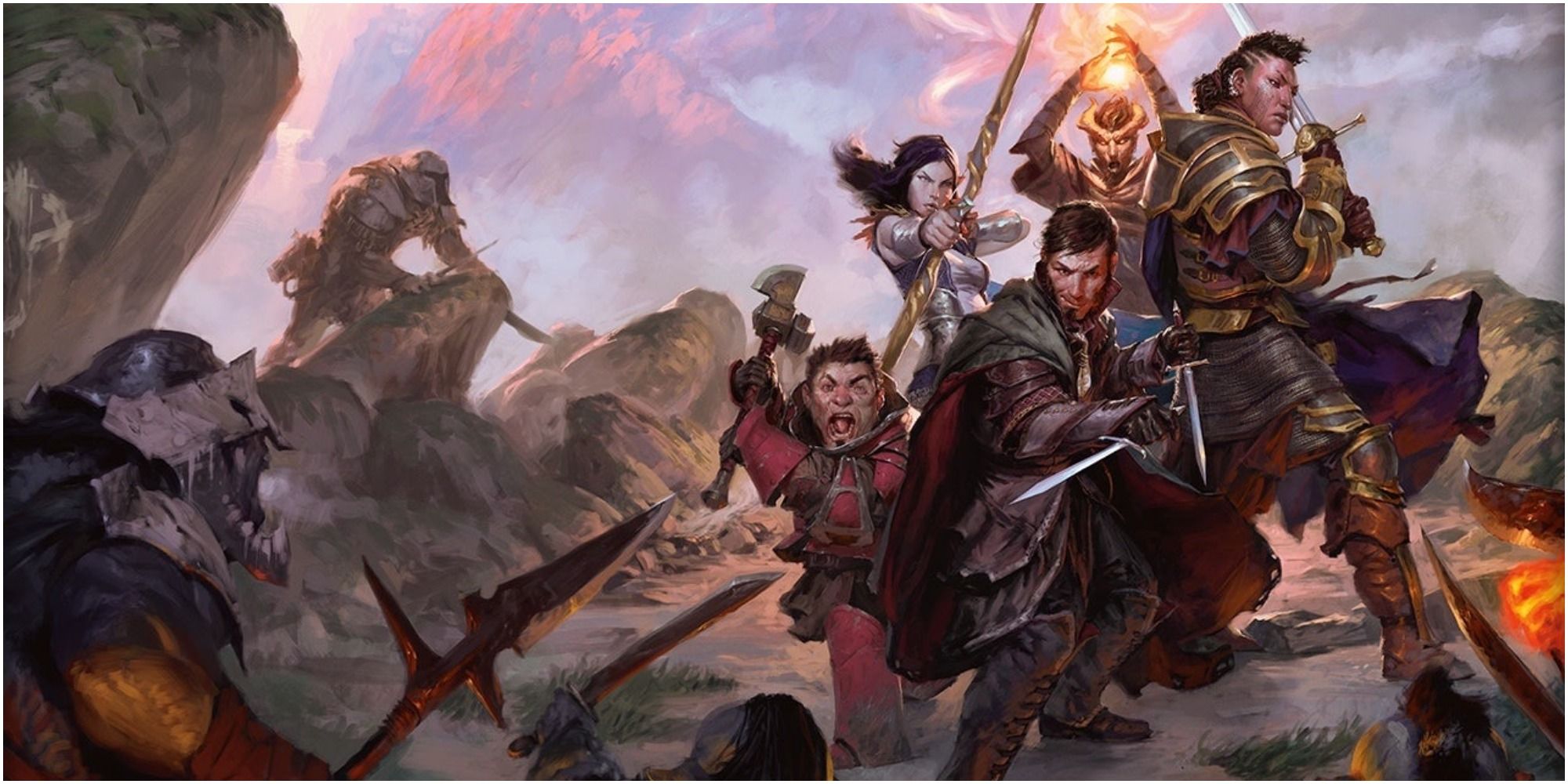
Prior to the beginning of the campaign, it’s important for the DM to have an understanding of each character in the party, knowing their personalities and motivations. As the DM is essentially the narrator of the adventure, having an understanding of these characters is paramount, as it allows the DM to organically include them in the campaign’s narrative.
Cater To Your Party’s Interests

When crafting a D&D campaign, it’s integral that a DM caters to the interests of their party. If a party doesn’t care about what’s happening in the campaign or has no stake in the adventure, something has been done wrong.
RELATED: Best Dungeons & Dragons Classes For Ranged Combat
When crafting a campaign, a DM can bear in mind what party members will be present and what the characters care about, creating an adventure that would make sense for those characters to embark on. For example, if a DM was planning on running a spellcasting tournament, but the party is made up entirely of barbarians and fighters, the DM may want to take another approach.
Be Ready To Improvise

If one thing in the universe is certain, it’s the unpredictability of D&D players. No matter how much a DM may meticulously plan a plot thread, there’s a chance that a party may miss or skip over it entirely, and that’s okay. As a tabletop roleplaying game, players can think freely and make their own choices, meaning a DM will, in nearly every session, need to improvise for unexpected choices and actions by the party.
Don’t Marry Your Plot
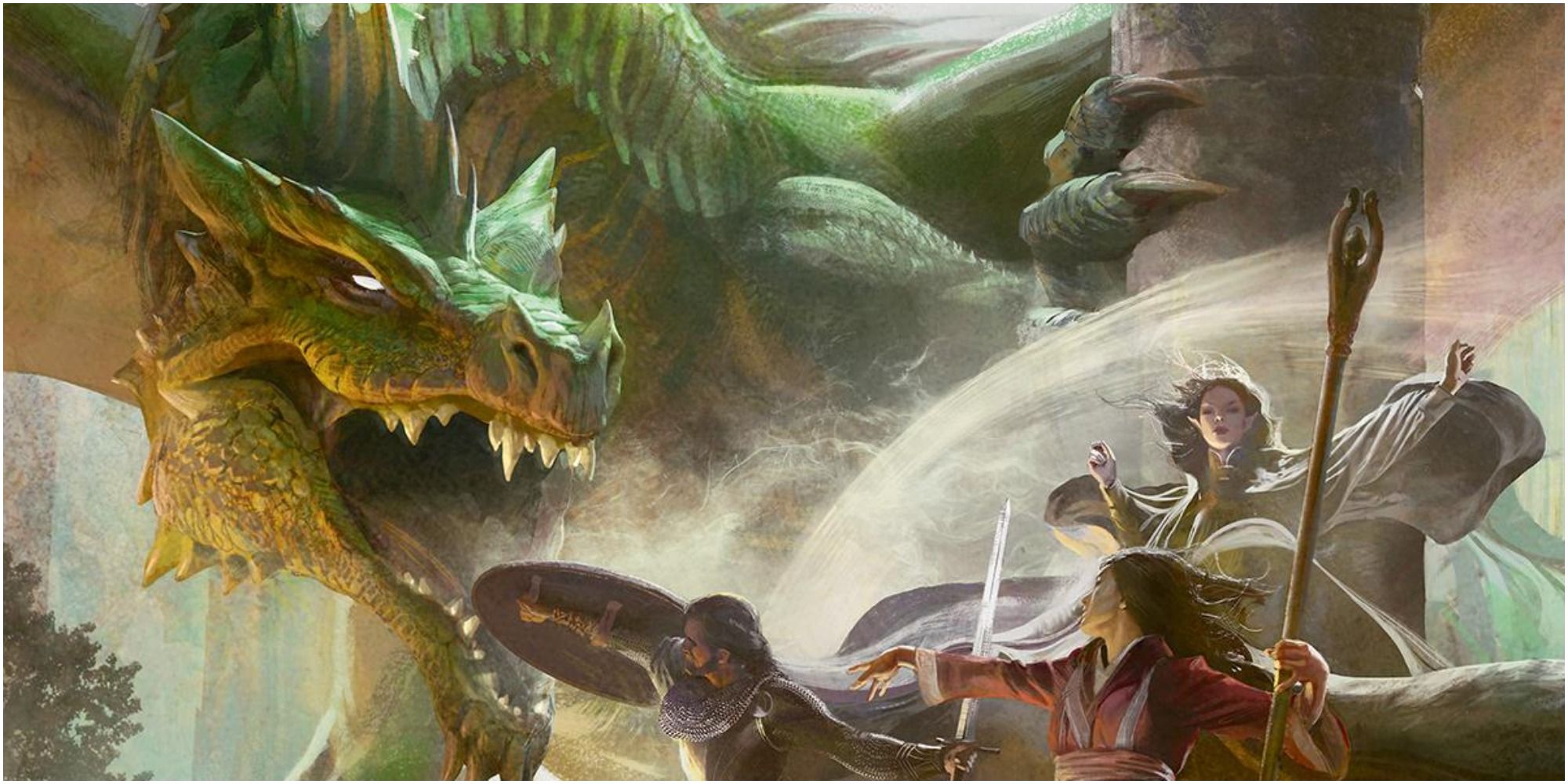
While a DM will almost always have at least a vague idea for the shape they want the story to take, due to the aforementioned unpredictability of players, it’s best to go with the flow. If players seem to really enjoy a certain quest or element of the plot, DMs can play into that, making the elements they care about more important. While a DM can most definitely maintain a similar structure to what they’d planned, flexibility and willingness to adapt your plans are a necessity as a DM.
Communicate With Your Players
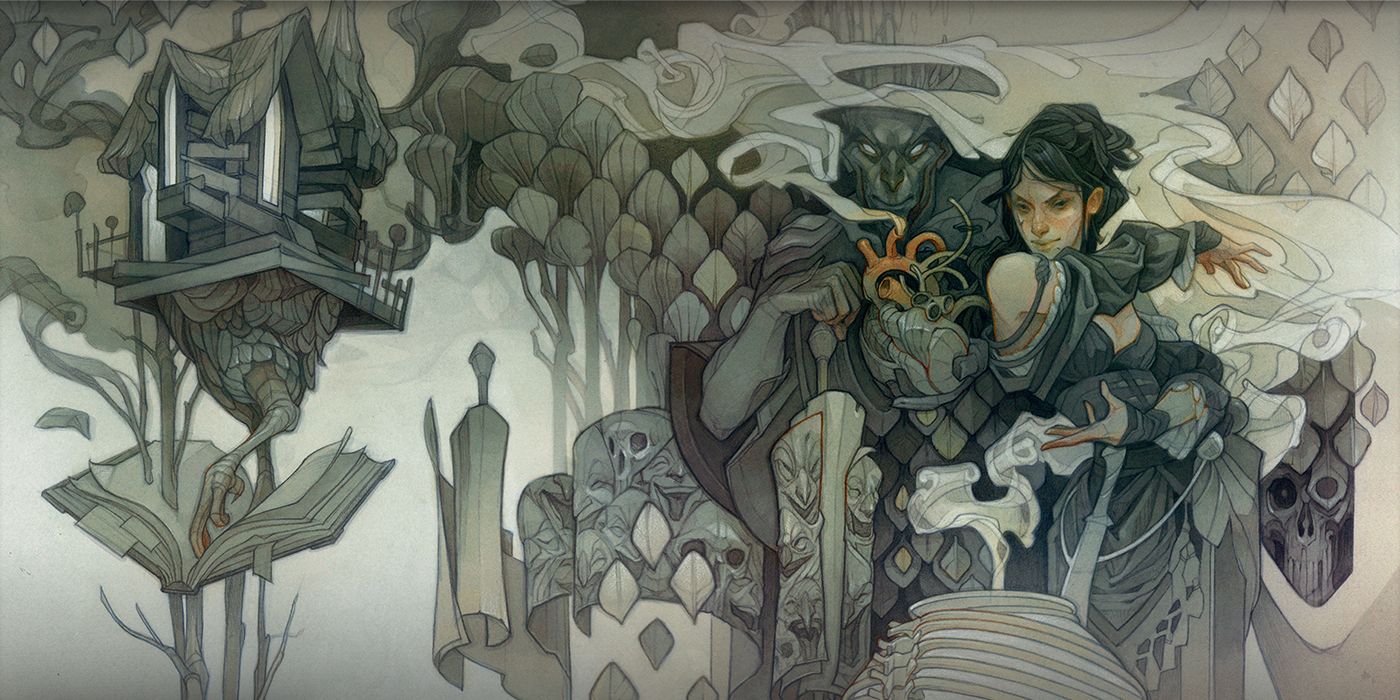
One of the most important things a DM can do is communicate with their players. Communication between the party and the DM makes sure that everyone is on the same page in what they want out of the campaign, what elements of the game everyone cares about, the tone of the game, etc. Not only does this help keep everyone on the same page regarding the type of campaign you’ll all be playing, but it can also let ground rules be set regarding what everyone in the campaign is comfortable with. in regards to what is in the campaign. As D&D is a freeform game, a campaign can have content equivalent to that of a movie rated PG or one Rated R. Open communication makes sure everyone involved knows what a given campaign will be.
What Players Will Want Will Differ
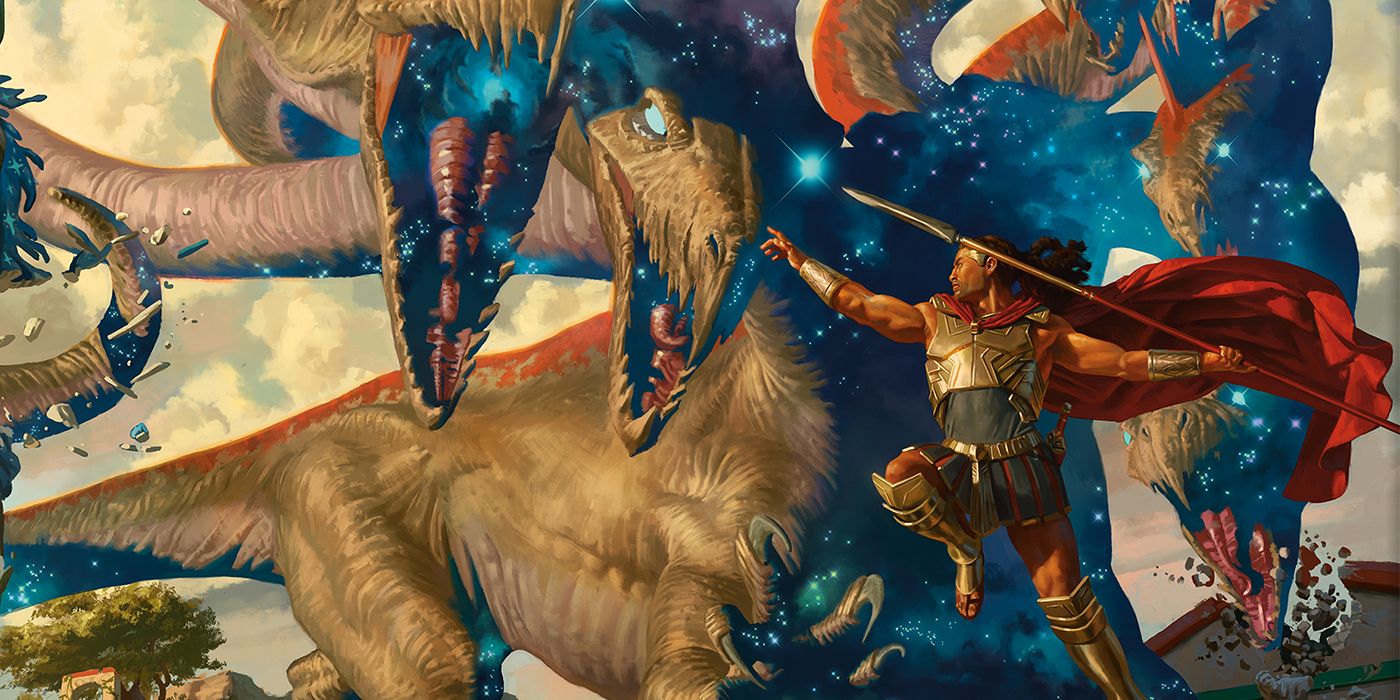
While some players may go into D&D with their fighter that wants to kill as many monsters as possible, another player may want a more character-driven and roleplay heavy experience. As a DM, you are able to determine the content of a campaign and its content, judging what each player cares about, and creating a happy medium the whole party can enjoy.
Avoid Railroading
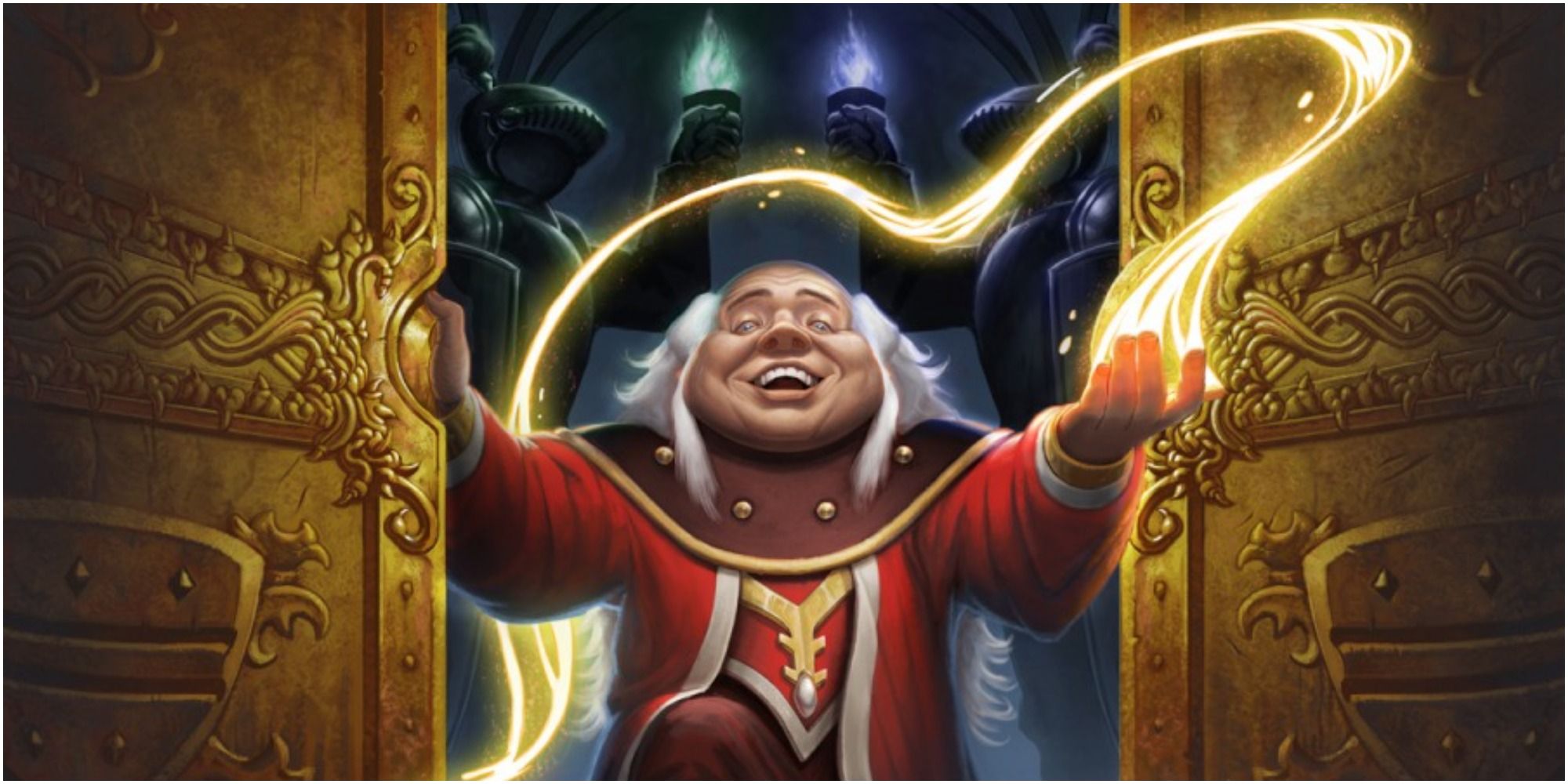
One of the most frequent pitfalls of new DMs is railroading. Railroading is effectively the act of forcing players down specific story paths regardless of their choices or actions. As previously mentioned, D&D is a means of collaborative storytelling. By railroading a party, you are essentially stripping a party of their agency and their say in what happens. While many video games take a linear approach like this, one of the primary appeals of D&D is its open nature, and railroading largely takes this away.
Remember To Have Fun
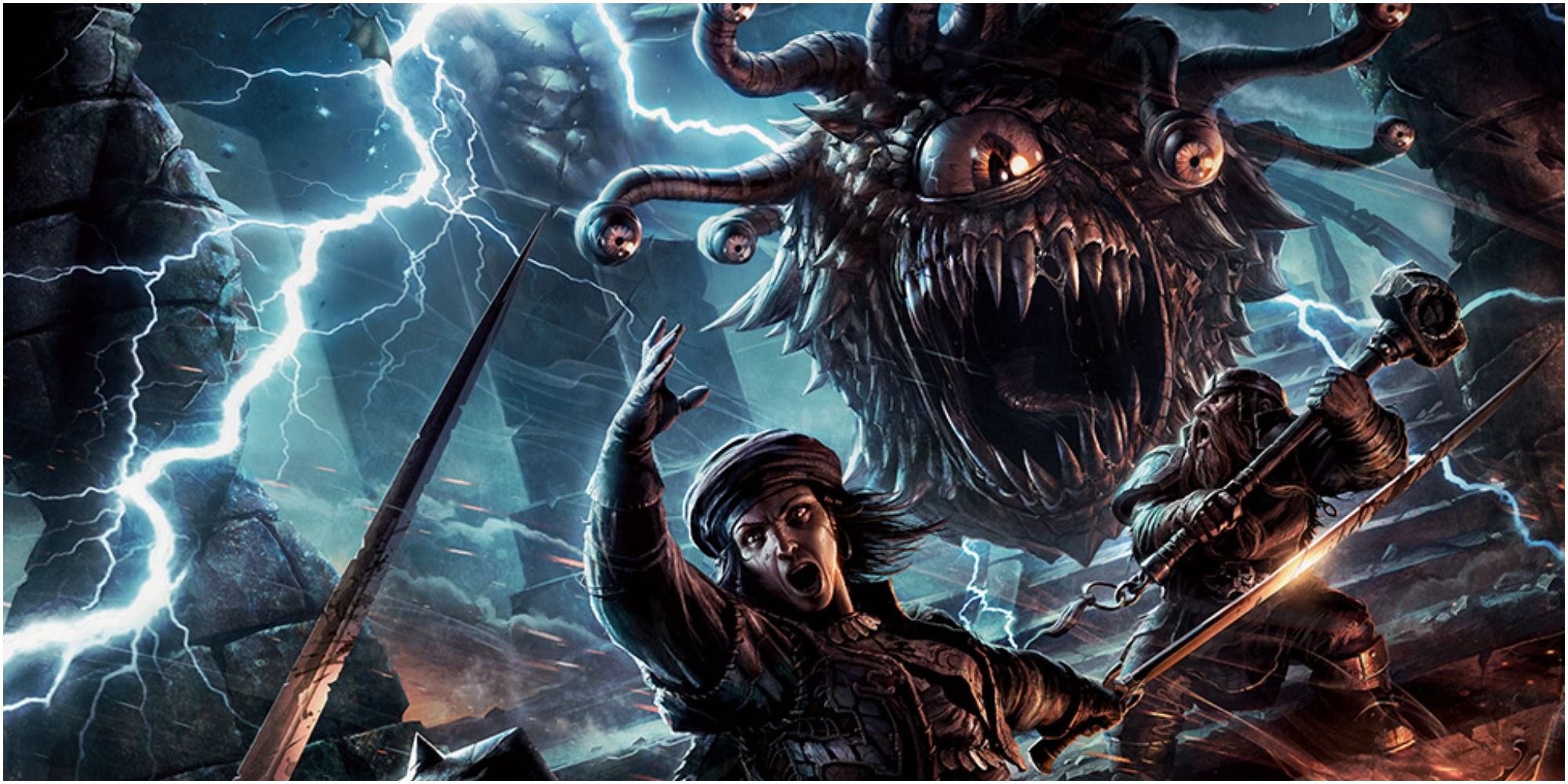
At the end of the day, it’s important to remember that D&D is a game and what matters is that everyone has fun. While aspects of D&D such as difficult boss battles and character death can be stressful, the most important thing is that the players and DM are having a good time. If at any point a player is upset or uncomfortable with something within the game, as the DM, remember you can stop and pause the game, communicate, and do what you can to let everyone enjoy the game.
Next: Dungeons & Dragons: Most Underrated Feats That Are Better Than You Think

